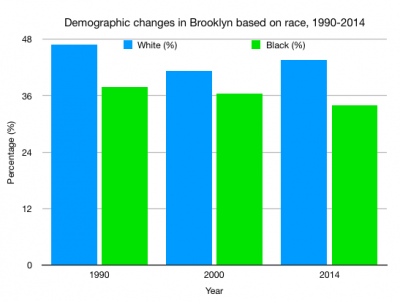According to Radical Math, the graph below shows high school drop out rates of students aged 15 to 24 by family income from 1972-2001 for grades 10-12 in the United States. This study was produced by the United States Department of Commerce. Low Income is categorized as an income in the bottom 20% of all family incomes, middle income is categorized as a income between 20% and 80% of all family incomes, and a high income is categorized in the the top 20% of family incomes.
This graph shows that within families of lower income there are higher drop out rates compared to families with middle and low incomes. In 1972, the drop out rates among low income families was 14.1% while the drop out rate was 2.5% for high income families. In 2001, the drop out rate for low income families was 10% which decreased from 1972. In 2001, for high income families the drop out rate was 1.7%. According to this article by American Psychological Association (APA), the United States is currently in a drop out crisis. Their data in 2012 shows that 1.1 million students in the graduating class did not receive a high school diploma. Their reasoning for this is the adverse toxic stressors that are put on these students ultimately affecting their behavior and health. There is a need for solutions to improve the high school drop out rates.




